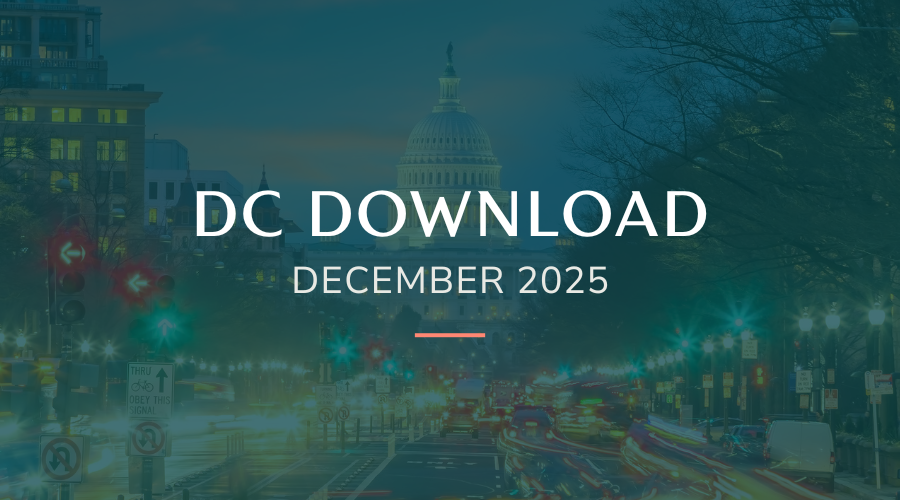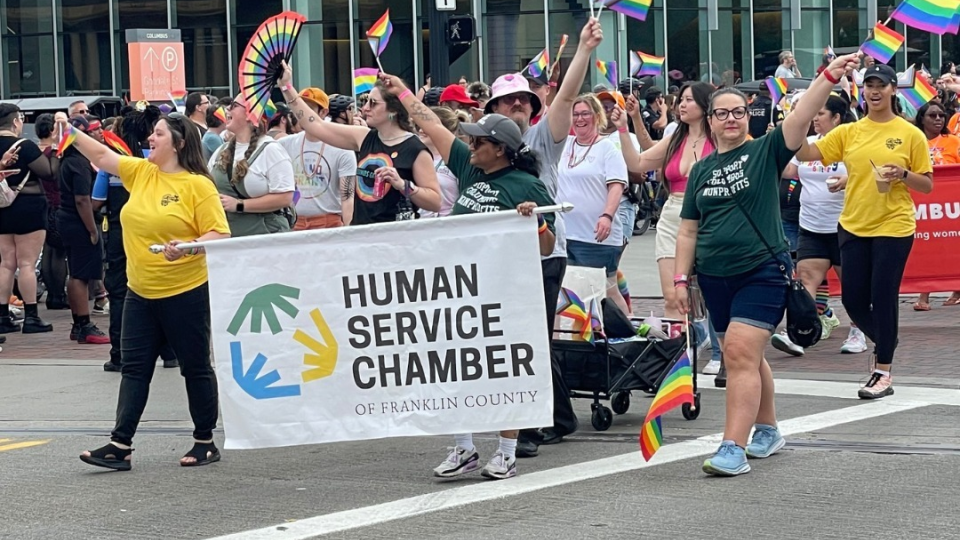On the second Friday of March, a cultural institution with a long history in the heart of Boston closed its doors to the public as the pandemic worsened and the city and state began to impose restrictions. It quickly launched virtual programs the following Monday to engage with its devoted patrons.
Like nonprofits across the nation and the globe, the organization took dramatic steps to continue its important work as COVID-19 swept in. It was forced to reduce staff, but it gained flexibility from philanthropic funders to use their support for virtual programming and other survival mode activities that would keep the organization alive and in the public eye. “We were all in a crisis,” said the institution’s chief of staff, “but we wanted to make sure that we could move forward with our mission despite being closed to the public.”
Those were reactive decisions made in the moment to respond to a crisis. But since it was clear that the uncertainty would last for quite a while, how could it plan for the future? Leadership turned to a disciplined scenario planning process (a process described in our article “Making Sense of Uncertainty: Nonprofit Scenario Planning in the COVID-19 Pandemic”). Scenario planning helps organization leaders navigate uncertainty, while providing structure for making key strategic decisions.
The institution’s most important consideration was the fact that 80 percent of revenue came from admissions. This was clearly the biggest thing to watch. It had to understand how to survive without knowing when it could re-open and how many people it could let in the door. By modeling scenarios, it could develop responses based on best-case, moderate-case, and worst-case scenarios—and ready a set of options for each. In developing its scenarios, it focused on three especially important external factors: when shelter-in-place restrictions would be lifted for its sector (which could conceivably come later than for other sectors of the economy), capacity constraints as a result of social distancing rules, and how willing the public would be to visit.
Scenario planning helped leadership move from being reactive to being more strategic about the actions needed to navigate through challenging times. It helped staff think through the visitor experience from a positive mindset, rather than being fearful of the future. “Despite all the risks, there is so much opportunity. How could it look different?” said the chief of staff in April. “We’re making decisions so much more quickly than we have in the past, which is a gift for us right now.”
In the long months that the doors remained closed, the institution created a new world of virtual programming. Four times a day, by reservation, virtual visitors could explore the institution’s richness, while interacting with staff inside the facility. “People loved it. It’s been so successful that now some schools are asking us to help build virtual programming for the fall. It’s really encouraging, and we think we might be able to monetize this.”
In mid-July, four months after it closed its doors, the institution reopened to the public. To reach that milestone, it had to make a lot of decisions along the way, often with far less information than it would have liked—and scenario planning helped keep the leadership focused. “One of the most important data points was capacity,” said the chief of staff, when we talked to her shortly before the reopening. Though Boston set a 40 percent capacity cap on indoor cultural facilities, it will open at only 15 percent capacity, based on benchmarking against cultural institutions in other states and allowing it to adhere to safety guidelines. Equally critical was the question of whether the public would visit an indoor site. Staff worked with a research organization to track willingness to visit—data points that turned out to fluctuate with the mood of the nation. Going forward, it will measure a variety of key data—including how long each visit is and customer satisfaction.
Reflecting on the last few months, the chief of staff said that scenario planning helped the organization, and functional teams within it, more clearly define what success looked like, use that as a guide to identify key decision points and options, and work more effectively across traditionally separate functions. Even after reopening, the organization is still scenario planning—this time using a set of scenarios that extends over a full year, with milestones and decision points along the way.
Looking ahead, the institution is excited at the potential of virtual programming to expand its customer base. The chief of staff noted, “The virtual approach has allowed us to lean into our roots and to engage people so much more.”
Lindsey Waldron, Robert Searle, Alexandra Jaskula-Ranga, and Bradley Seeman are manager, partner, consultant, and editor, respectively, in The Bridgespan Group’s Boston office.



